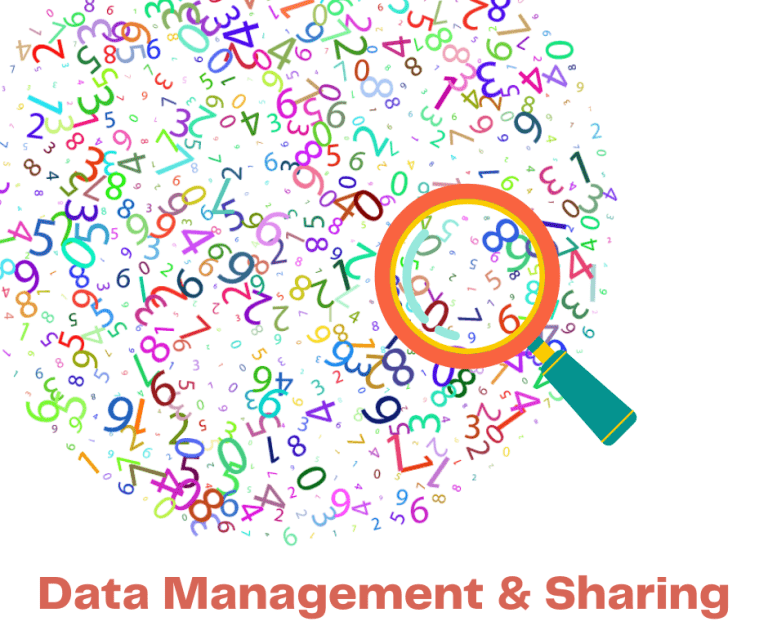
In January the NIH implemented new policies requiring that research data be managed, archived, and shared using a data management and sharing plan that must be submitted as part of any new grant application. These policies encourage data re-use and reproducibility, increase transparency, and enable researchers to build on previous work.
Himmelfarb Library’s NIH Data Management and Sharing Plan (DMSP) Research Guide brings data management and sharing services and resources together for easy reference and instruction. The guide can step you through the process of determining what data needs to be shared and archived, putting together a data management plan, finding a data storage solution, and/or an open data repository for sharing.
Templates for data management plans are helpful development tools. DMPTool provides a variety of templates, including the NIH_GEN DMSP (2023) template specifically for NIH funding. You can find it and other sources for templates on the DMSP guide Getting Started tab. NIH recently released 13 additional sample templates on its website, including templates for genomic and survey data. The Survey and Interview Data (Sample Plan M) includes language related to data that can't be shared.
Finding an appropriate open data repository for storage and sharing can be a challenge. The NIH-supported Scientific Data Repositories site is useful for finding specialized repositories. For more generalist data, NIH began the Generalist Repository Ecosystem Initiative (GREI) and has partnered with seven organizations that offer open repositories, including figshare, Mendeley Data, OSF, and DRYAD. More information about these repositories, including recorded webinars, is on NIH’s GREI website.
The June R01 deadline has just passed, meaning that the next submission date is in October. If you’re planning to apply for NIH funding, don’t put off work on a data management and sharing plan! Start now and reach out to data specialists at GW with your questions. Sara Hoover, Metadata and Scholarly Publishing Librarian is the contact at Himmelfarb Library. You can reach Sara at shoover@gwu.edu. Additionally, Gelman Library offers data management consultation services. Librarians can answer your questions or refer them to other University research services for assistance, including the OVPR, Office of Sponsored Projects, the Office of Research Integrity, and the Office of Clinical Research.



